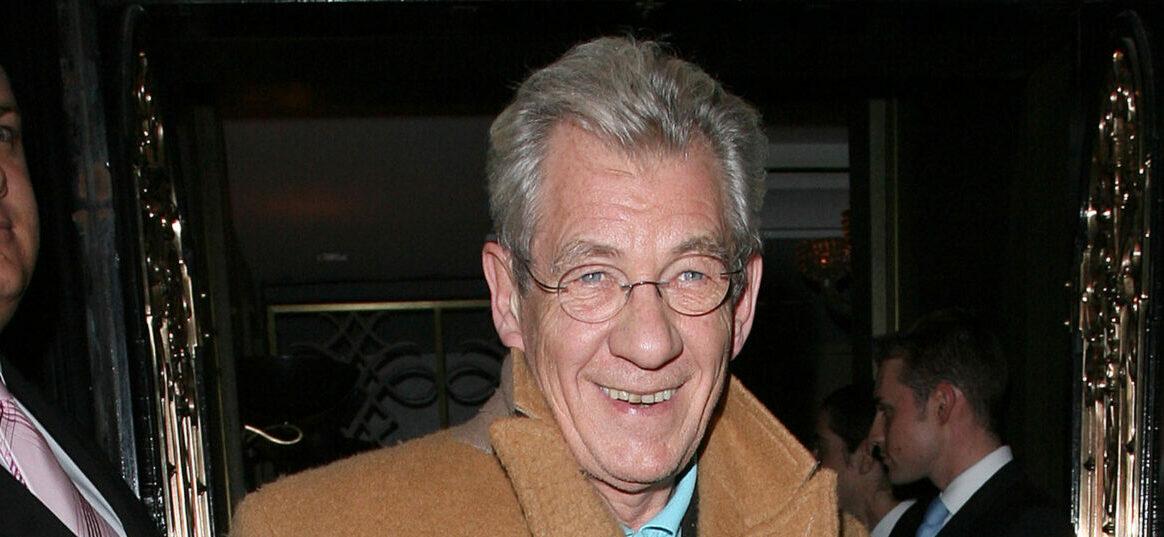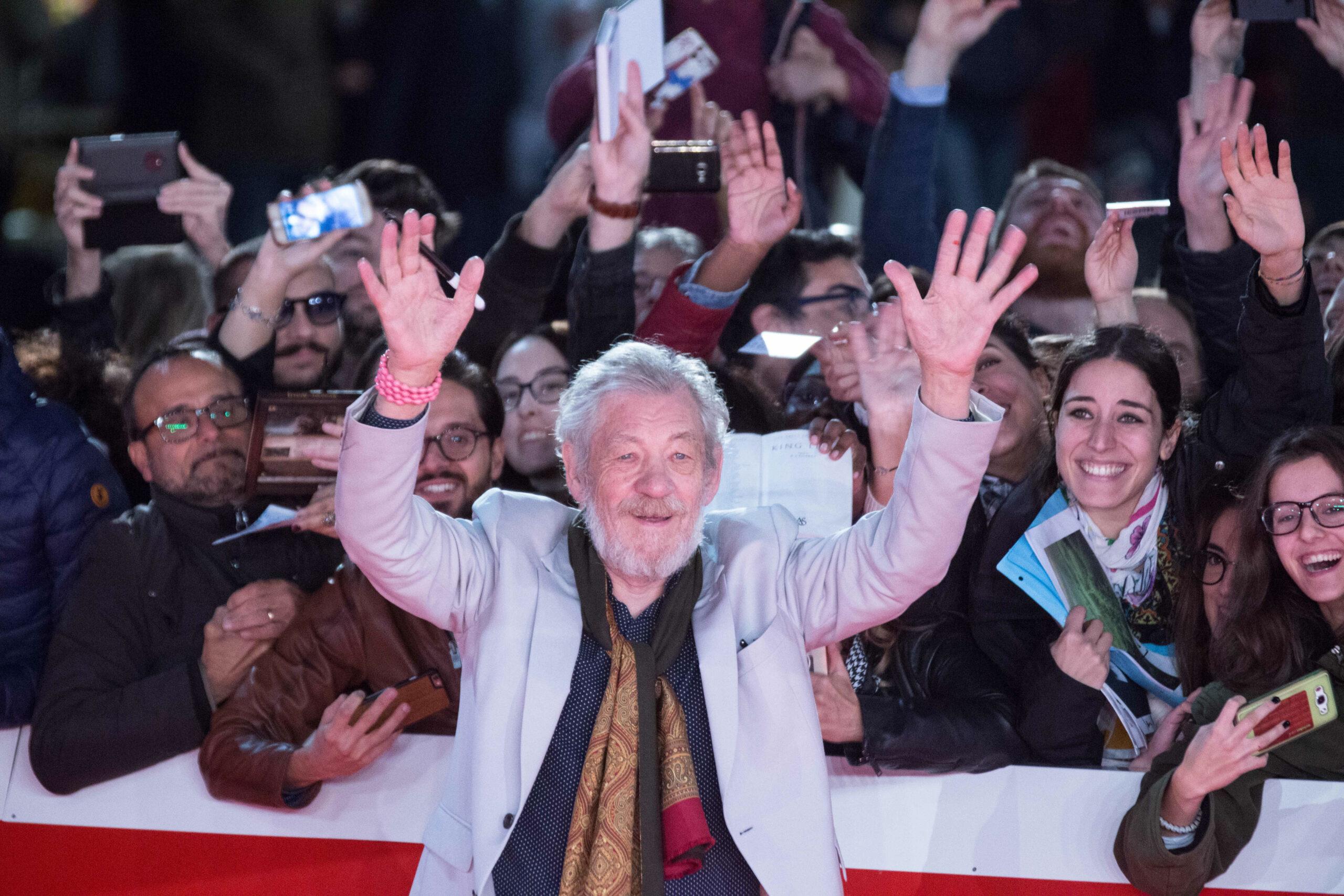Sir Ian McKellen’s Subtle and Impactful Narration In 'Stardust'
By Kim Handysides on September 3, 2022 at 3:00 PM EDT

Sir Ian McKellen’svoice-over narration in the movie Stardust, intermittent as it is, actually does a lot more for the story than you might realize.
McKellen’s Narration Gives Us Three Different Stories
At a glance, he narrates all two major scenes throughout the film - the very beginning and the very end. The exposition and the epilogue, to be exact.
It may not seem like much, especially compared to some of the narrators we tend to cover in this column, but looking deeper into what he tells us and why he’s done just about as much as three different stories in one.
The First Scene
Right from the very first scene, McKellen leads us into the narrative; blanketing the audience with all the exposition and intrigue they could possibly need. His words, the first things we hear, draw viewers immediately into the story by asking them a question: are we human because we gaze at the stars, or do we gaze at them because we are human? This, before swiftly alluding to a major plot device about whether or not stars gaze back.

With a simple phrase, immaculate timing, and great cinematography, McKellen already has the audience hooked into the narrative - and by the time we finish asking ourselves the answer, he’s already onto the story that comes before the story. As fleeting as McKellen’s narration may be, it seamlessly pours from question to plot in one fell swoop, and in a matter of fewer than two minutes, we already have a functioning understanding of the world we see throughout the entire movie.
The Epilogue
McKellen’s narration isn’t heard again until the very end of the film, but when it is, he tells us one last story - the story that comes after the story.
By filling viewers in on the happily-ever-after, and giving us an epilogue to the story of Tristan and Yvaine, McKellen uses his narration to close a narrative loop; tying everything together for us as an audience and ending the story in a way that clears up any lingering questions we may have. By doing this, the audience is treated to a full 360-degree view of the world before and after our narrative is even set, letting us know that the film we’ve seen is but a fraction of the entire tale.
The Narrator is Someone Close to the Story
While seemingly omniscient to the story itself, and cued into the thoughts and feelings of the main character, our narrator’s perspective seems limited to the life of Tristan, and could very well be someone related to the main cast.
For all the audience knows, the voice-over we hear from McKellen could be a descendant of Tristan and Yvaine, another star looking down on the world and observing events play out - or even an older Tristan himself. While the narrator isn’t specified as anyone, in particular, he’s telling us a story that he clearly knows very well. He knows it so well, in fact, that he decides to limit his focus to but a sliver of the main character’s long, long life.
Sir Ian McKellen as a Narrator
Although he is best known for his roles as Magneto in X-Men: Days of Future Past, and Gandalf in The Lord of the Rings, Sir Ian McKellen is actually a fairly prolific narrator in his own right. While the Scottish actor enjoys a successful career on-screen and is the subject of pop-culture stardom, he does a lot of work behind the camera in the form of voice-over narration.
To date, McKellen has narrated over 40 audiobooks, (many of them Shakespeare), and has more than 25 narration and voice-over credits to his name between the TV, film, and video game industries. In fact, audiences enjoy McKellen’s voice so much that there are countless voice-over services and workshops online to emulate the crisp and earthy sound of his voice.
Telling Stories About Stories - Neil Gaiman’s Love Affair with Narration
True to fashion for Neil Gaiman, the author who penned the novel that Stardust is adapted, it’s a story about a story - and the narrator is aware of that. As swiftly as McKellen begins to tell us how Tristan came to be, gives us the story of how his father crossed a magical wall, and finishes filling us in on the background information, he quickly course corrects the expectations of the audience to let us know this isn’t a story about how a baby comes to growing up, but of how a boy becomes a man.
Among his countless other titles like American Gods and Norse Mythology, Stardust follows Gaiman’s unique writing style of using narration as both a plot device and literal means of story-telling. He is so incredibly prolific with his use of narrators to tell a story, that he’s widely recognized as the man who tells stories about stories and he can often be heard making cameo appearances as the narrator of his own projects - like in the television adaption of Lucifer.
Kim Handysides is an award-winning voice artist and narration coach. Among her 20K+ completed narrations, you have heard her on Discovery, Netflix, and the major networks, in iMax, the White House and the Smithsonian.